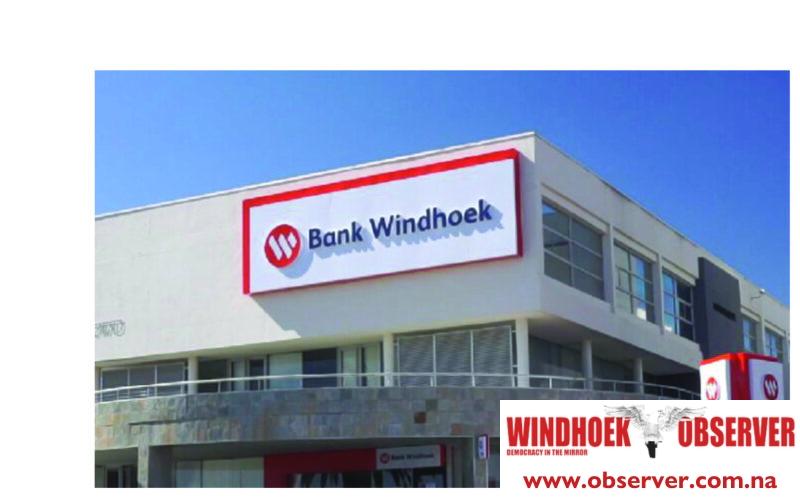Chamwe Kaira
The GCR Ratings has upgraded Bank Windhoek Limited’s Namibian long-term national scale issuer rating to AA+(NA) from AA(NA).
The short-term issuer rating was affirmed at A1+(NA). The South African long-term issuer rating also moved up to A+(ZA) from A(ZA). The outlooks remain stable, the rating agency said.
The ratings reflect a strong franchise, disciplined governance, adequate capital, and sound funding and liquidity, with stable risk metrics. “The principal exogenous swing factor is Botswana’s liquidity cycle, negatively impacting Botswana-based Bank Gaborone Limited’s (BG) financial profile,” GCR said.
Bank Windhoek is a wholly-owned subsidiary of the Capricorn Group and represents more than 70% of total assets and earnings, making it the core operating unit of the group.
Capricorn operates across banking and asset management through Capricorn Asset Management, insurance and micro-lending through Entrepo and Peo Finance, and has associates such as Santam Namibia, Sanlam Allianz Namibia, and Paratus Namibia.
“We forecast a capital adequacy ratio (CAR) range of 15% to 17.5% over the next 12 to 18 months, supported by internal capital generation outpacing risk-weighted assets (RWA) growth,” GCR said.
Bank Windhoek recorded a profit after tax of N$1.4 billion, up 9.6% year-on-year, with a Return on Equity (RoE) of 17.6% against the 2025 industry average of 19.8%. “The risk position is ratings positive. The group and the bank’s asset quality remained resilient,” the rating agency said.
GCR noted that stronger conditions in Namibia are offset by pressure in Botswana. It said the group’s risk position is balanced, with the Credit Loss Ratio (CLR) consistent with industry norms and risk appetite aligned with capital and liquidity capacity.
The loan books of Bank Windhoek and Bank Gaborone remain concentrated in the real estate sector at 23% and 34.6%, respectively, in 2025, though single-name exposure is considered low.
“The funding and liquidity assessment is ratings positive. Capricorn’s liability funding structure is anchored by granular retail and commercial deposits in Namibia and Botswana, with measured wholesale access. The group maintains an N$1 billion contingency funding facility invested in highly liquid South African assets to sidestep local market constraints. The combination of robust liquidity buffers, a diversified funding base, and tested contingencies offsets any concentration to domestic funding pools and Botswana’s system pressures,” GCR said.
The agency expects Capricorn to continue attracting low-cost retail deposits and maintain sound liquidity, while noting that asset quality in Botswana may come under strain.
On rating triggers, GCR said an upward movement could come from a cost of risk below 0.4% and the GCR core capital ratio above 20%. “Increased market positioning and scale of the Botswana banking subsidiary could positively impact the ratings. The ratings could be downgraded due to the cost of risk deteriorating to above 1%, capitalisation below 13%, a deterioration in liquidity beyond GCR’s expectations, or deterioration in asset quality at the entity level.”
Caption
Bank Windhoek is the most profitable of Capricorn Group ventures.




